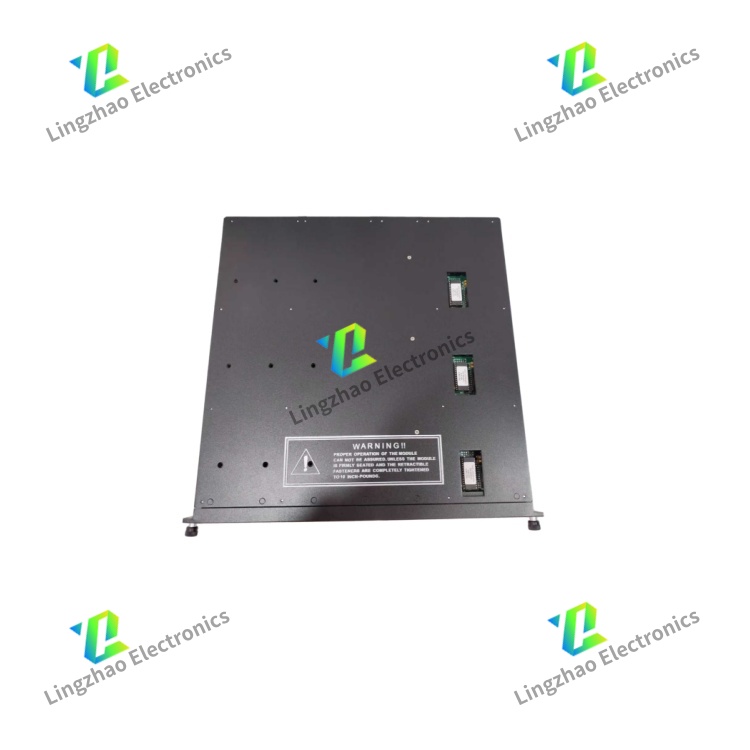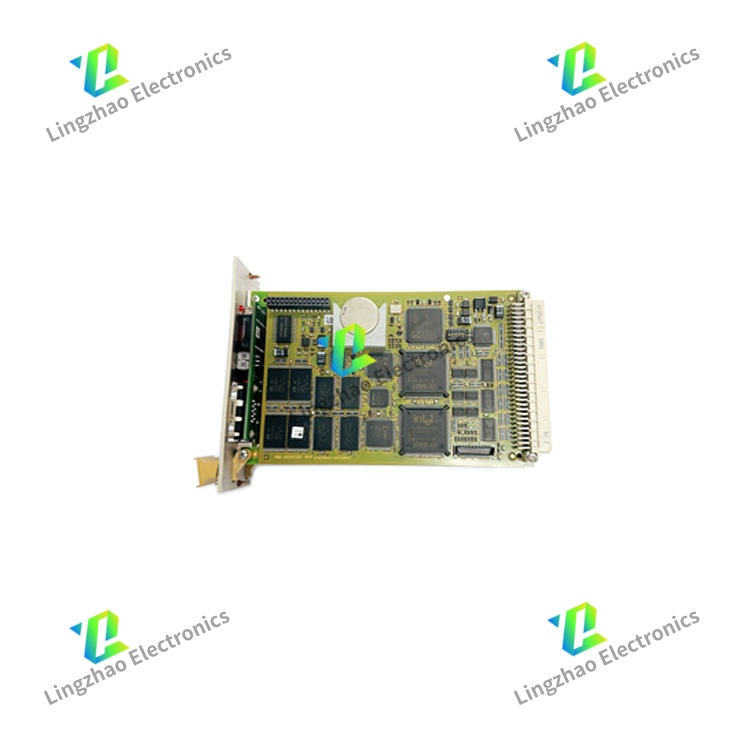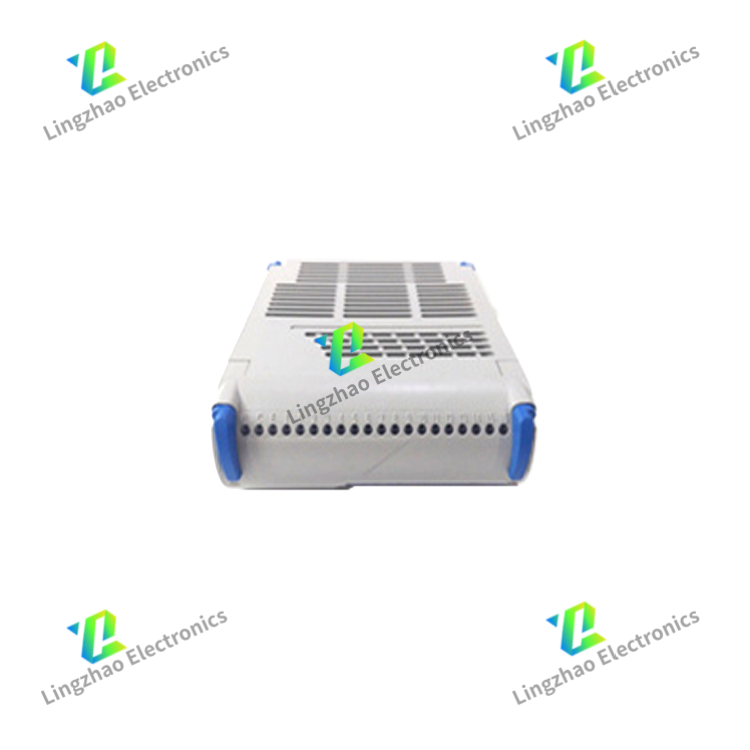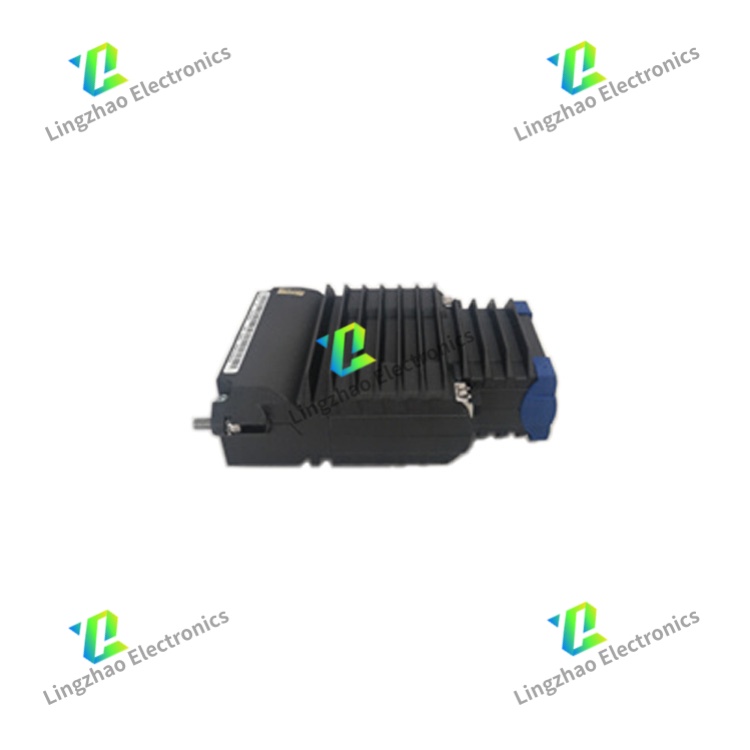TRICONEX 2201 Communication Module
The TRICON 2201 typically refers to the TRICONEX CM2201 Communication Module, a product under the Triconex brand owned by Schneider Electric. It is an integral part of the Triconex Safety Instrumented System (SIS). Below is its detailed information:
The CM2201 module serves as the core communication module of the Tricon control system. It is responsible for communication with host computer systems, third-party control systems, and redundant controllers, and is commonly used for critical operations such as system-level data synchronization, status monitoring, and data forwarding. It acts as a "communication bridge" within the Triconex SIS, ensuring stable and real-time data flow between the system and external devices.
- Communication Interfaces: Serial ports, Ethernet (depending on specific configurations).
- Bus Type: Designed for the communication slot of Tricon racks.
- Supported Communication Protocols: Modbus, OPC, TCP/IP, UDP, Triconex peer-to-peer communication, etc.
- Applicable Configuration: Supports communication synchronization in the TMR (Triple Modular Redundancy) architecture.
- Operating Voltage: Powered by the main system; no external independent power supply is required.
- Operating Temperature: 0°C to 60°C.
- Storage Temperature: -40°C to 85°C.
- Humidity Range: 10%–90% relative humidity (non-condensing).
- Module Hot-Swapping: Supported (enables replacement without shutting down the system).
- High Reliability: Specifically designed for process safety systems, with a redundant communication mechanism to prevent single-point communication failures.
- Real-Time Communication Capability: Enables high-speed data exchange with multiple control systems and SCADA systems, ensuring timely transmission of safety-critical signals.
- Strong System Compatibility: Compatible with TRICON v10 and v11 series, facilitating integration into existing Triconex system architectures.
- Multiple Communication Modes: Supports multiple independent communication channels, meeting the needs of complex industrial network topologies (e.g., simultaneous connection to DCS and HMI).
- Self-Diagnostic Function: Equipped with status indicators and fault self-check functions, allowing on-site personnel to quickly identify issues (e.g., communication link failures) and simplify maintenance.

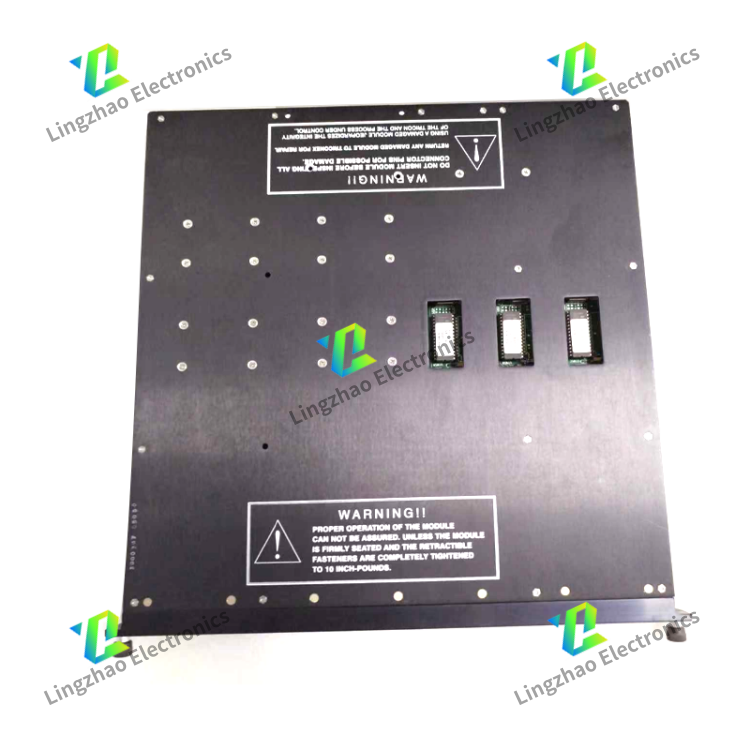
The company has multiple main brands, and if you have other brand requirements, you can also send them to customer service for inquiry.

Related models:


 Product
Product Triconex
Triconex
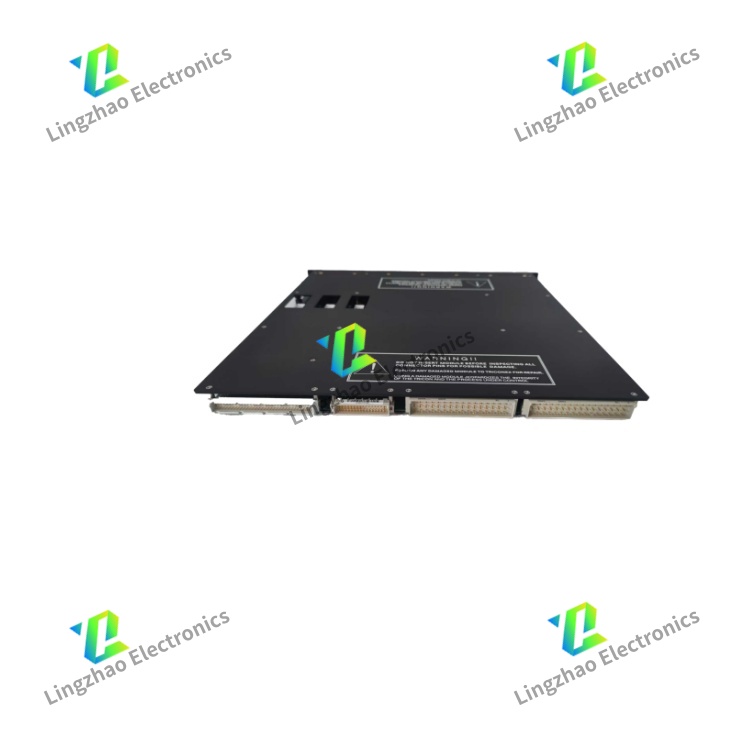
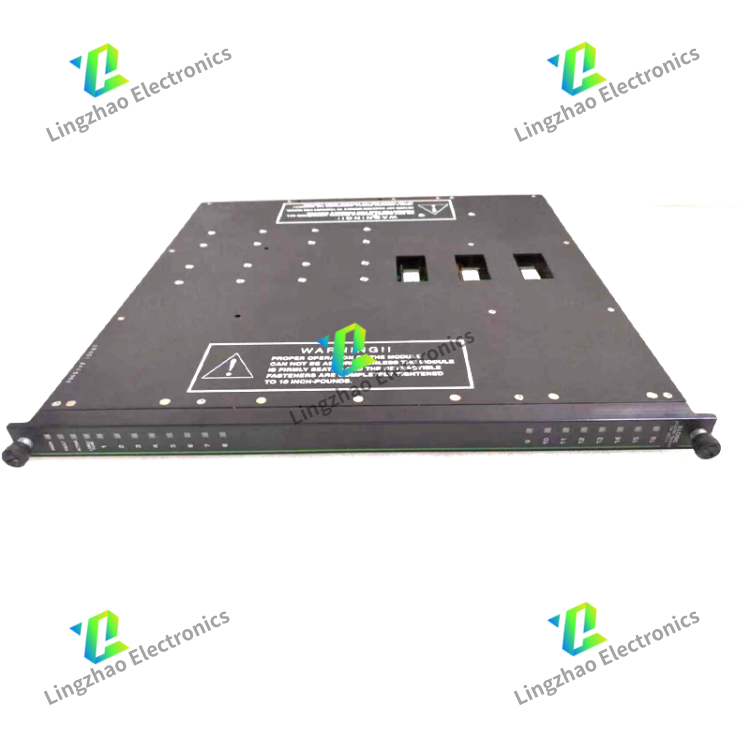
 Online Consultation
Online Consultation 13328303947
13328303947

